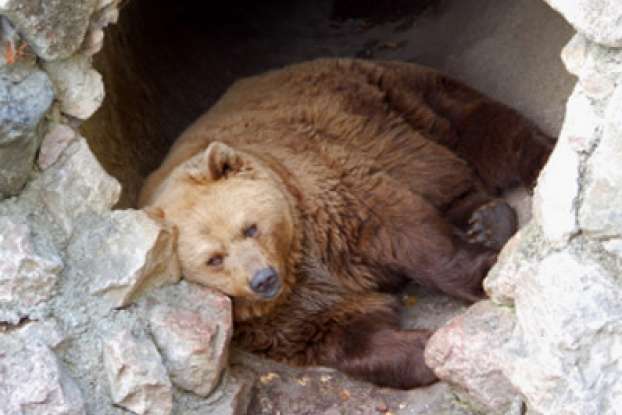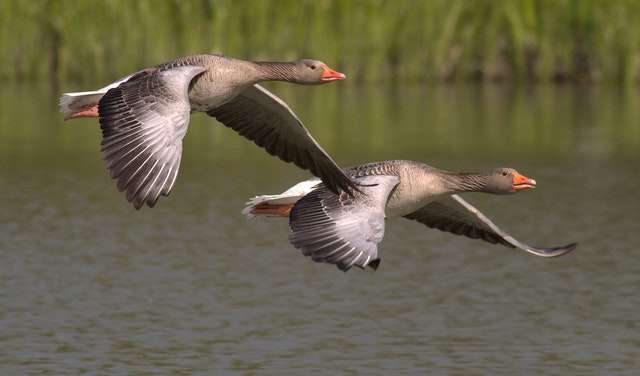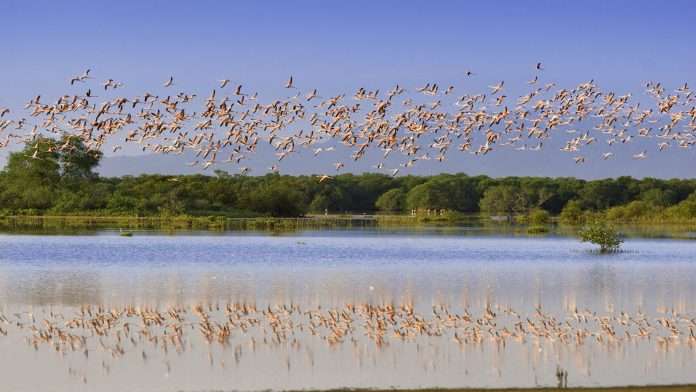Adaptation has been one of the driving factors of the evolution of the world. Many animal species adapt to their environmental condition to survive. Behavioral adaptation is one of the most common types of adaptations seen in biology. Today, let’s look at behavioral adaptations examples and why animals do it.
We’ll discuss each type of behavioral adaptation in detail so you can understand it properly. Let’s get started.
Table of Contents
What Is Behavioral Adaptation?
Behavioral adaptations refer to specific changes certain species make in their behavior to survive and adapt to a new environment. These changes are learned and not inherited, and that’s why they are known as adaptations.
Please note that behavioral adaptation is different from structural or physical adaptation. In structural adaptation, an animal changes its physical characteristics to respond to climate conditions. For example, a chameleon changes its color to adapt to the surrounding environment. All animals inherit physical adaptation.
Behavioral adaptations are psychological. Animals learn it over time.
Importance of Behavioral Adaptation
Weather and climate change throughout the year. As humans, we have the luxury of controlling the temperature around us. If it’s cold, we can wear warmer clothes. If it’s hot, we can turn on the AC.
However, wild animals don’t have that luxury. If environmental conditions become extreme, they could die. That’s why they need to make some changes to the way they live to survive.
For example, an animal living in an extremely cold climate may realize that the environment is too cold to survive. In that case, they’ll try to migrate to a place with warmer weather.
Behavioral Adaptation Examples
Behavioral adaptation can be of multiple types, depending on the species and the reason for migrating. Let’s look at three types of behavioral adaptations along with behavioral adaptation examples to help you get a better idea.
Hibernation: Behavioral Adaptations Examples
Hibernation refers to a state of prolonged sleep or rest to conserve energy and survive adverse weather conditions. This behavioral adaptation is common in mammals who live in extreme climatic conditions. You must’ve heard of bears hibernating.

However, many people think of hibernation as a long, endless sleep. Though winter is a great time to be cozy and sleep till late, hibernation isn’t about sleeping. It’s an energy-saving mechanism.
Our body needs the energy to function. Every activity in the body, from breathing to digestion to heart beating, requires energy. During normal days, animals eat food to meet their body’s energy requirements. However, food becomes obsolete in case of extreme weather conditions.
Here’s where hibernation comes into the picture. In hibernation, an animal’s metabolism significantly slows down. Some rare animals even stop breathing for hours, and their body temperature drops below 0°C. When they reach this state, their body needs little to no energy, so they can survive without food for months.
Before entering hibernation, animals try to consume as much food as possible and accumulate fat. This fat acts as the energy reserve and meets the energy requirements of the body if any.
So, some animals that are well-known to hibernate are:
- Beers
- Bats
- Skunks
- Snakes
- Groundhogs
- Bees
- Turtles
Migration: Behavioral Adaptations Examples
Migration is another significantly common and self-explanatory example of behavioral adaptation. It refers to the movement of an entire species from one geographic area to another in search of food or optimal weather conditions.
Migration is most common among birds. As many as 40% of all bird species migrate to survive. They cover thousands of kilometers to reach new places. These birds are known as migratory birds.
One of the most common examples of migratory birds is swallows. In winter, they migrate from Europe to Africa. Bar-tailed Godwits cover the maximum distance of 11,000 km when migrating. They breed in Alaska in summer and migrate to Australia and New Zealand in winter, crossing the Pacific Ocean.

Several insect species also migrate. The monarch butterfly is a common example. Around 100 million monarch butterflies migrate from the northern regions of North America to Mexico, covering about 5,000 km of distance. However, their lifespan is short, so they can’t return.
Migration is common among marine animals as well. A few marine species like salmon, dolphins, and seals migrate to other areas. The northern elephant seal travels over 11,000 miles from Antarctica to Mexico, where they give birth to their offspring.
Nocturnal or Diurnal Behavior: Behavioral Adaptations Examples
The final type of behavioral adaptation is nocturnal and diurnal adaptation. You must’ve heard the word “nocturnal” a lot in pop culture. Nocturnal refers to the trait of staying awake during the night. Many species like owls and bats are nocturnal creatures.
They are nocturnal because they are small predators, and it’s difficult for them to hunt during the day. When most animals are asleep or resting during the night, they come out to hunt.
Contrarily, humans and several other animals are diurnals: they stay awake during the day and sleep at night. Diurnal species tend to be more social and live their day-to-day lives during the day.
Are There Any Other Types of Adaptations?
Yes, behavioral adaptation is only one of many types of adaptations across the animal kingdom.
Some other types of adaptations you should know about are:
- Structural Adaptation: As discussed, structural adaptation means changing the physical characteristics to adapt to the environment.
- Co-Adaptation: Co-adaptation occurs when two or more species undergo adaptation together for the mutual survival of each other. It’s less common in animals and prevalent in the plant kingdom.
- Mimicry: Mimicry is exactly what it sounds like. An animal evolves to look like another animal. For example, the milk snake mimics the venomous false coral snake to woo away predators.
Conclusion: Behavioral Adaptations Examples
Behavioral adaptation is a common mechanism in many animals across all phyla, subphyla, and species. Bears and bats are the most common examples, though there are many other animals that do it.
Behavioral adaptation is the key to survival for many species. When environmental conditions become extreme, survival becomes difficult. In such situations, only species that can migrate to favorable conditions can survive.
So, did we miss any other species that migrate?


















